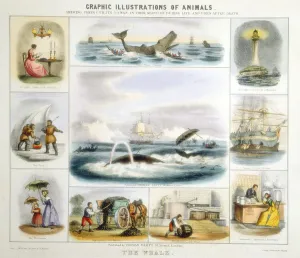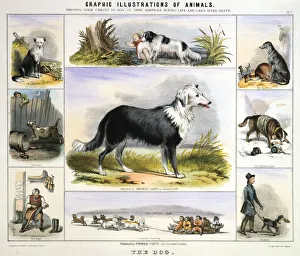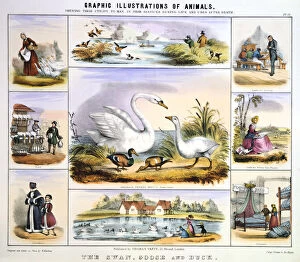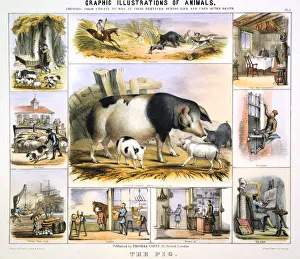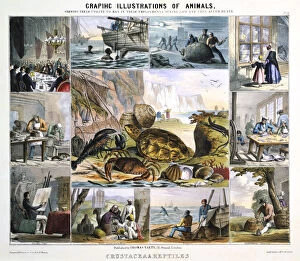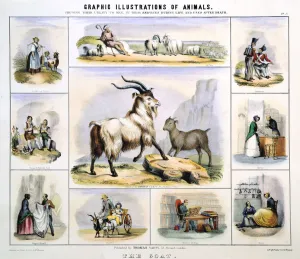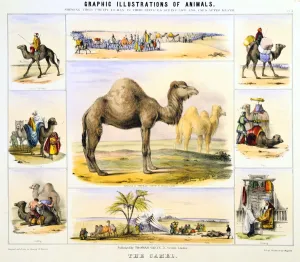Thomas Varty Collection
Thomas Varty was a renowned artist in the mid-19th century, known for his incredible sculptures of various animals
All Professionally Made to Order for Quick Shipping
Thomas Varty was a renowned artist in the mid-19th century, known for his incredible sculptures of various animals. His works, such as "The Whale" and "The Elephant, " showcased his exceptional talent and attention to detail. Collaborating with fellow artist Benjamin Waterhouse Hawkins on projects like "The Dog, " "The Swan, Goose and Duck, " and "The Pig, " Varty's contributions were invaluable. One cannot help but be amazed by Varty's ability to capture the essence of each animal he sculpted. From the intricate details of crustaceans and reptiles in collaboration with Robert Kent Thomas to the graceful beauty of domestic fowl depicted alongside Hawkins, every piece tells a story. Varty's sculptures were not limited to land creatures; he also brought life to creatures from distant lands. The majestic presence of "The Camel" and the gentle nature of "The Rein Deer" are testaments to his artistic prowess. Additionally, his depiction of lesser-known animals like "The Bee" or even everyday ones like "The Goat" or "The Ass" showcases his versatility. In an era when photography was still in its infancy, Varty's sculptures allowed people to marvel at these magnificent creatures up close. Each sculpture is a testament not only to their respective artists but also serves as a reminder that art has always been instrumental in connecting us with nature. Today, we can admire Thomas Varty's legacy through these timeless sculptures that continue to inspire awe and wonderment among all who encounter them.

